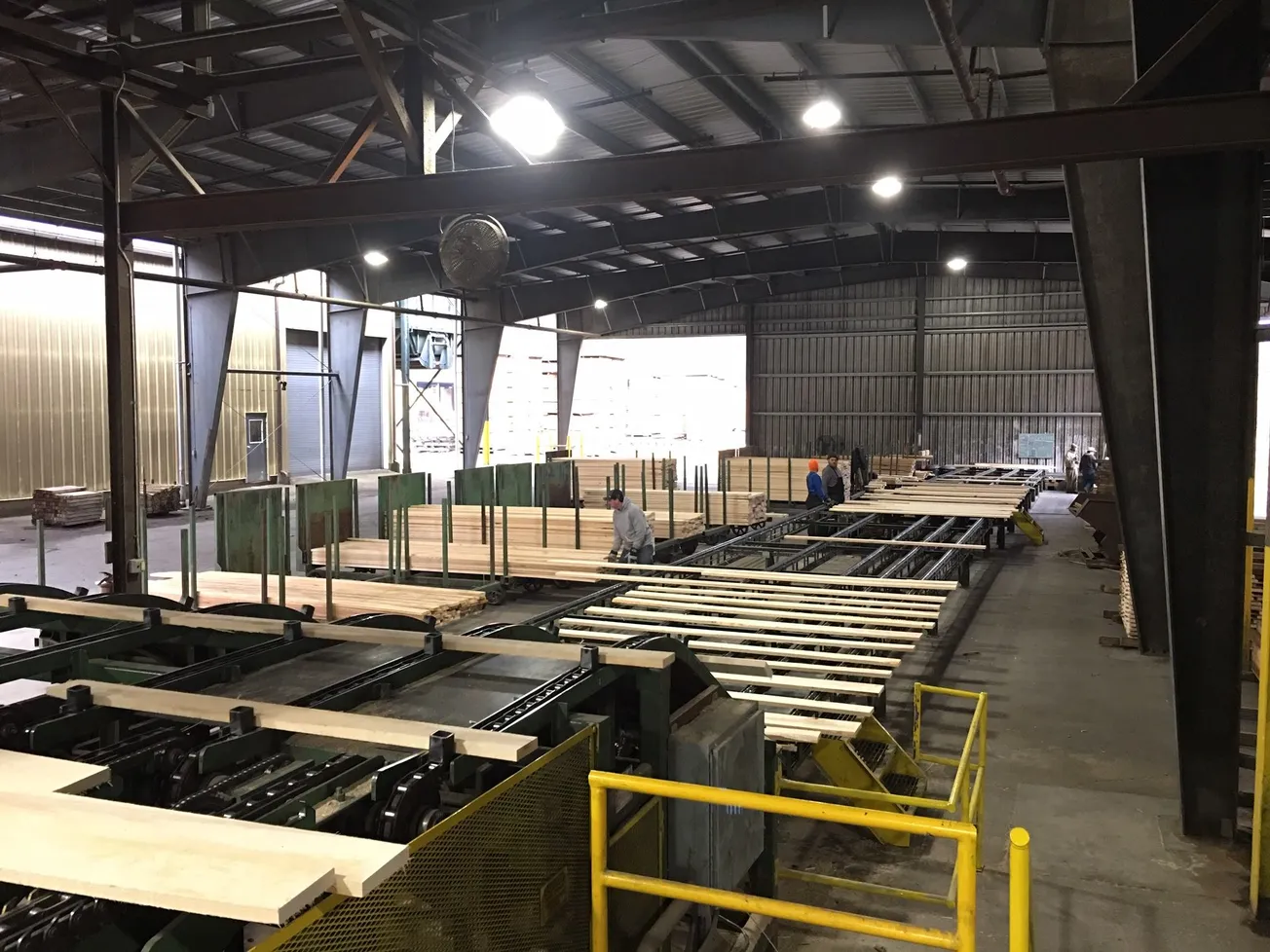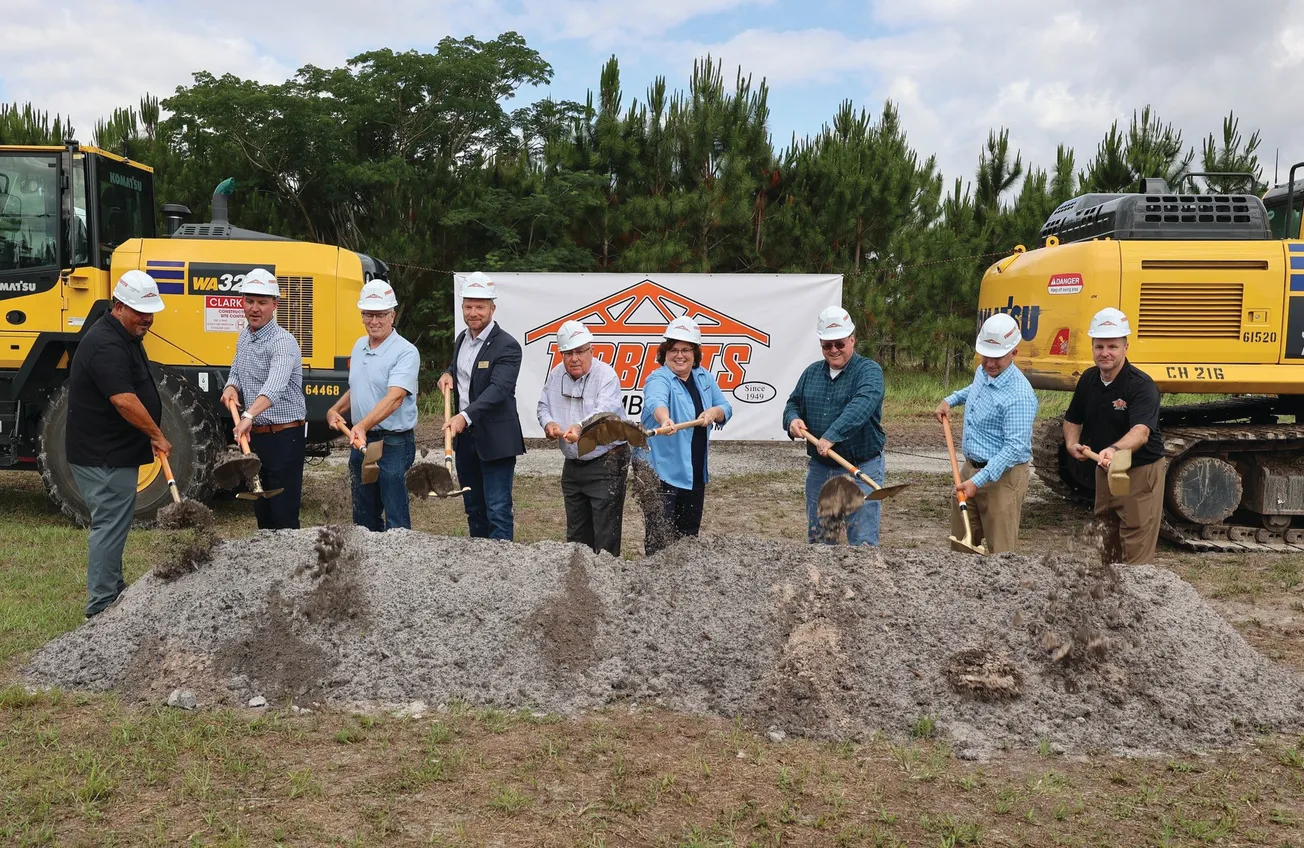Table of Contents
“It’s so much better now than it was’ is a phrase commonly heard during visits with our new members,” says Paul Vanderford, manager of Sustainable Northwest’s Forest Stewardship Council certification group, a program that provides group rates and assistance to small and mid-sized wood products companies in the western U.S. seeking certification.
Wood markets are constantly evolving. The market for FSC-certified wood is a prime example. According to Vanderford, five years ago, the availability, quality, and expense of certified material limited involvement. A frustrating audit process and the high cost of certification forced out many interested companies. It was bad for business, the market, and FSC.
A lot has changed in five years. The FSC market is maturing. Scale is lowering costs and increasing supply. Construction and design companies are now aware of FSC, know their regional FSC suppliers, and commonly specify an FSC preference. Entire commercial buildings and custom homes are now sourcing 100% of their wood materials from FSC vendors. Group certification programs have spearheaded the change by simultaneously providing affordable access to certification and critical support. The evolution has created an opening for proactive companies.
“Companies that could be using certified wood to strengthen their businesses are staying away because of outdated cost and market information,” says Vanderford. The cost of certification used to be $5,000 a year. Now, the average cost is closer to $3,000 and certification with group programs like Sustainable Northwest’s average $1,500. There are now over 3,387 certified companies in the U.S.
There is no question LEED is a major player in creating FSC demand. LEED has grown into a key market for structural and custom interior wood products. About 1.5 million sq. ft. of new commercial projects are registered each day. The standard continues to award points for FSC certified and reclaimed wood. Many regions have a bonus “regional priority point” for the FSC materials credit. The future is bright. As LEED approaches 50% of the commercial building market, the standard is driving significant wood materials demand.
FSC certification may not be for every company, and owners should only join if they see a market opportunity. However, companies that have stayed away will find themselves pleasantly surprised at the options now available to them.









